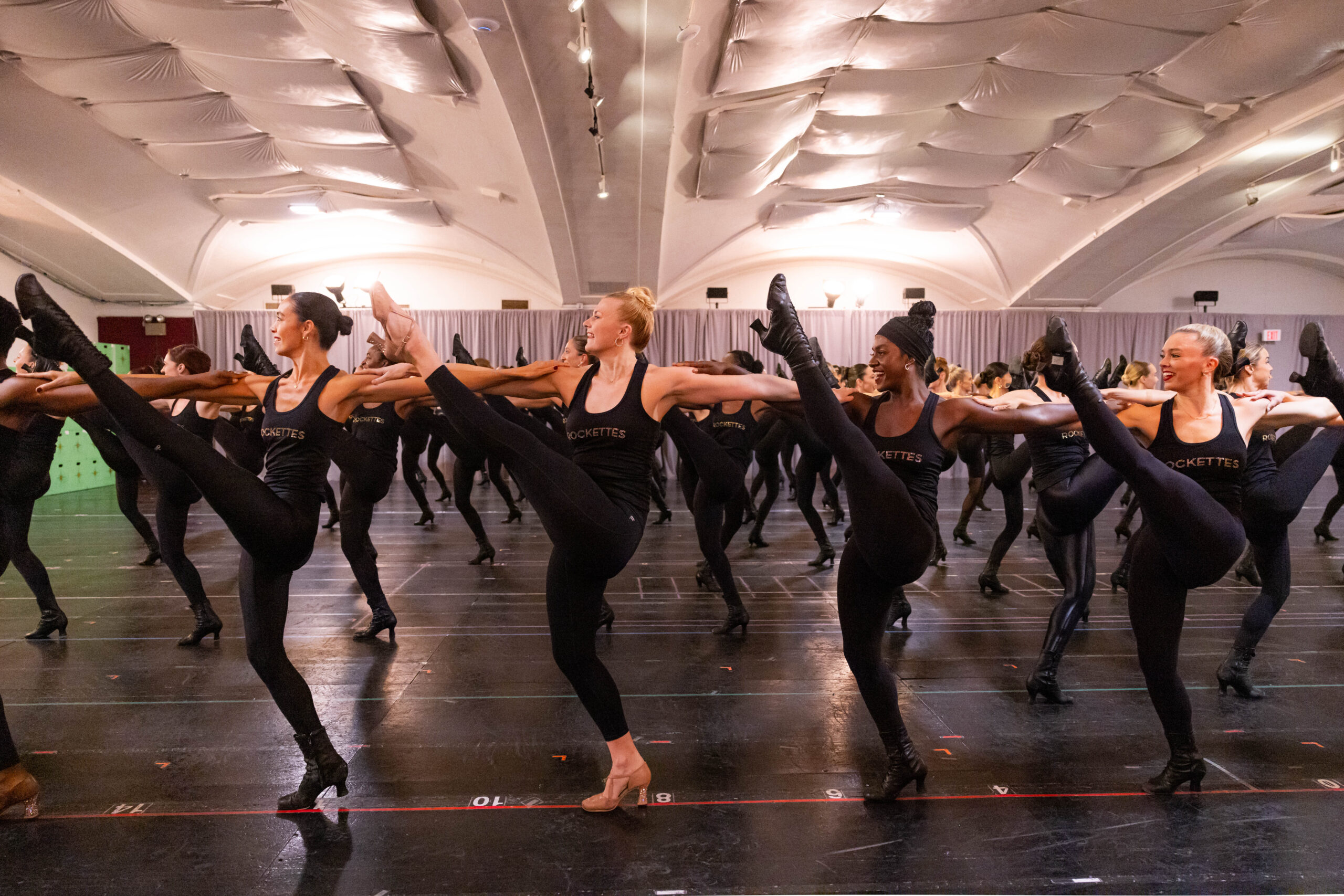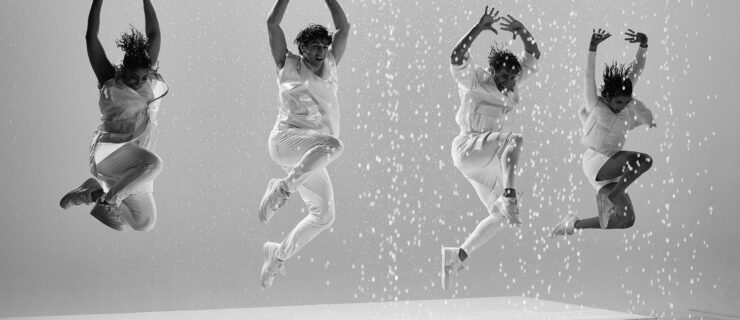If at First You Don’t Succeed…Learn How to Navigate Return Auditions
In 2017, after a seven-hour callback over the course of two days for her dream company, San Francisco–based Robert Moses’ Kin, Elena Martins got the answer she was dreading: “No.” It was her second audition with RMK in two years, and her second rejection. “When I didn’t get it that time I was pretty devastated,” she remembers. “I separated myself from the company for a while. I took a six-month break, during which I was also injured.”
The time away gave Martins a sense of perspective and left her feeling refreshed. After she recovered from her injury, she auditioned again—and, finally, landed a coveted spot in Moses’ troupe.
Martins’ story is not unique. These days, auditioning two, three, four, or more times isn’t an anomaly—it’s often the norm. “In this industry you get told ‘no’ all the time, so auditioning is your job,” says Houston-based musical theater dancer Courtney Chilton. Depending on what corner of the dance scene you’re in, “You might spend more time auditioning than on contracts.”
Learning how to weather the emotional storm that often accompanies repeated rejection is a challenge. But doing so can lead to fulfilling opportunities. Consider these mindset shifts as you navigate return auditions.
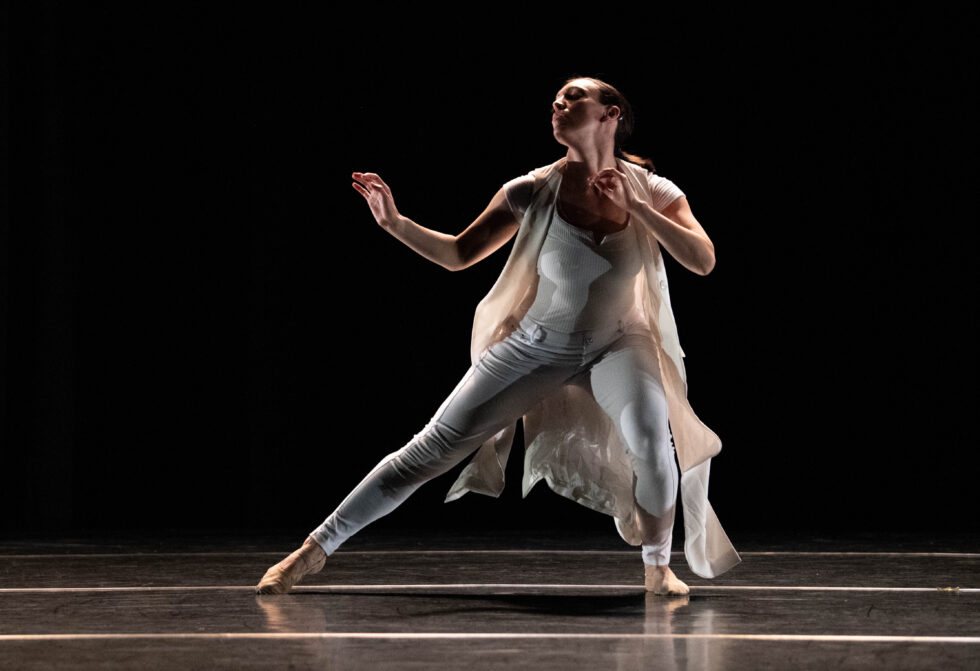
It’s Just the Nature of the Beast
Radio City Rockette Ashley Kasunich Fritz auditioned a total of six times for the Rockettes before finally getting accepted in 2011. Now in her 13th season, she says that six auditions isn’t actually that uncommon in Rockette world these days: “The choreography is so specific, and there’s not a ton of rehearsal time, so you need to be able to match other people right away.”
“It’s the nature of the beast,” says Chilton. As a cast member and dance captain for regional and touring productions, such as South Pacific, Mary Poppins, and Elf, she remembers periods when she would book about one in 50 auditions. “And that was pretty good!” she says. In musical theater, where a casting director may see hundreds of dancers for one part, competition is especially fierce. Knowing that going in can help temper the frustration and disappointment when you find yourself auditioning repeatedly.
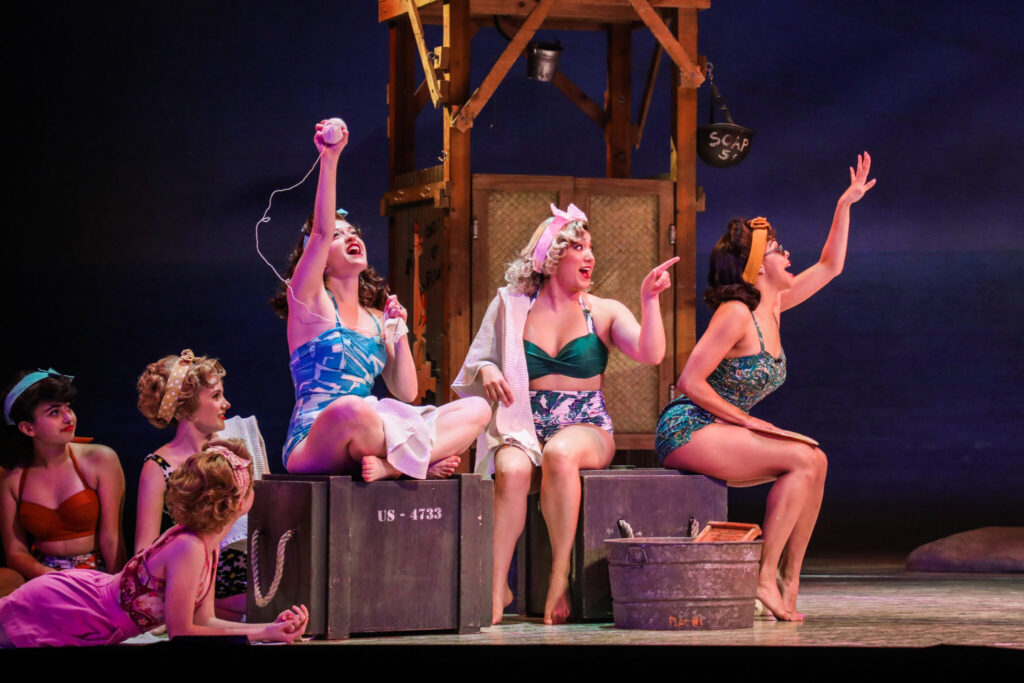
It’s Not You (Necessarily)
Though it’s important to be as prepared as possible for any audition, recognize that there will be many variables directors are considering as they make selections, some of which are unrelated to your dancing. A casting director may need something or someone hyper-specific at a particular moment. That doesn’t mean you aren’t right for the company or show—it just might not be your time.
“So many things have nothing to do with what you did in the room,” says Chilton. “You have to acknowledge that there will be plenty of times when they just want someone two inches taller.”
There Are Advantages to Auditioning Again
Despite the prior rejection, being a returning auditionee has its perks: familiarity with the company or show’s people, process, and choreographic style; the accompanying confidence that comes with that familiarity; and the opportunity to demonstrate your tenacity and dedication by coming back.
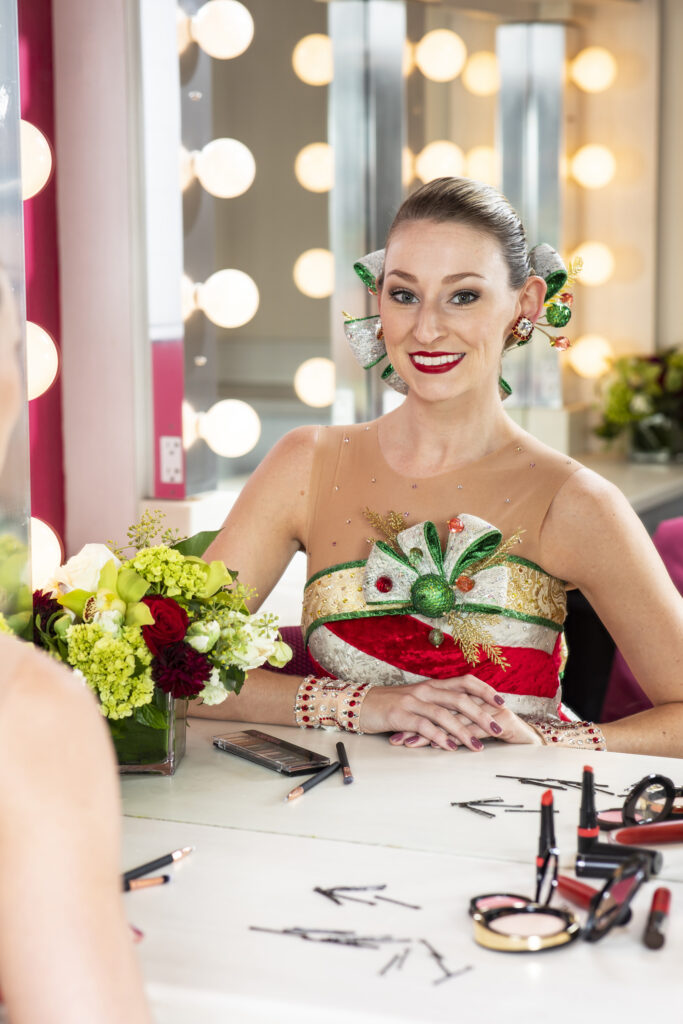
THE SIXTH AUDITION WAS THE CHARM. COURTESY MSG ENTERTAINMENT.
Both Chilton and Julie Branam, director of the Christmas Spectacular Starring the Radio City Rockettes, agree that in most scenarios, directors look favorably on returnees. “You’re building familiarity and building relationships,” says Chilton. Branam agrees: “I love seeing dancers come back. I love to see when a dancer has really worked and is improving and is getting it.” Kasunich Fritz remembers getting cut in the first round at her first Rockettes audition, but making it further and further through the process each time, which helped boost her confidence. “The director could see where I started and where I progressed to,” she says. “Going through the process multiple times, they really get to know you.”
Similarly, getting face time with current company members and fellow auditionees can help demonstrate how well you work with others and give you some much needed social support as you navigate the audition process. “I saw other dancers who had auditioned multiple times as well,” says Kasunich Fritz. “You start to build a community. Since the dance world is small, it creates friendship and camaraderie.”
Protect Your Self-Esteem
It’s natural to feel disappointed when you get told “no,” but remember that one “no” doesn’t determine your worth as an artist or your future in the dance field. Acknowledge your feelings, and figure out self-care strategies that work for you.
The people in your support network, from friends and family members to fellow dancers, can be powerful boosters as you get back on the horse, offering a sense of perspective and affirming your talent and worth. “Find your people. Find your friends,” Chilton says. “Find someone who is going to go get a cookie with you after the audition.”
In the end, stay focused on what drove you to audition in the first place. “If you give up right away, you’re only hurting yourself,” Martins says. “It pays off to keep on going back, especially when it’s a company you feel connected to.”

Leveraging What You’ve Learned
When you’re auditioning for a company, show, or program for a second (or third, fourth, or fifth) time, applying the lessons learned from your previous rejection(s) is key. Here are three tips for setting yourself up for success as you audition again.
- Record yourself doing combinations from the audition. One of the most helpful strategies for Rockette Ashley Kasunich Fritz was finding studio space and videotaping herself doing the combinations she had learned at the audition. “I would videotape them, watch them, check my angles, go over them, and then repeat the process, much like what we do in rehearsals now,” she says. “It was all about building that muscle memory through repetition.”
- Take classes in the style of the show, program, or company. It’s possible that you may just need more time with the movement style or choreography in question. Elena Martins, dancer with Robert Moses’ Kin, remembers just how new and different Moses’ style felt to her when she first moved to the Bay Area. “I loved the style, but I get why he didn’t hire me right away,” she says. “It was just so different from what I had done before.” Over time, she grew more comfortable with Moses’ aesthetic and eventually joined his company.
- Incorporate feedback. Many company and casting directors offer corrections and feedback during an audition. Take note! Rockettes director Julie Branam intentionally gives dancers feedback during auditions to see how they will respond. “As we get further into the audition process, we give specific notes to see if they can make the adjustment,” she says. “That’s part of the job. We do notes until the show closes because that’s how we keep the shows clean.”
